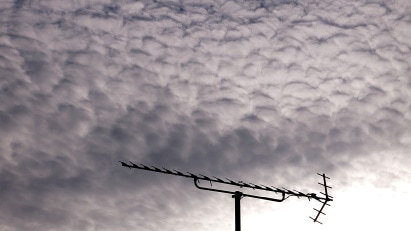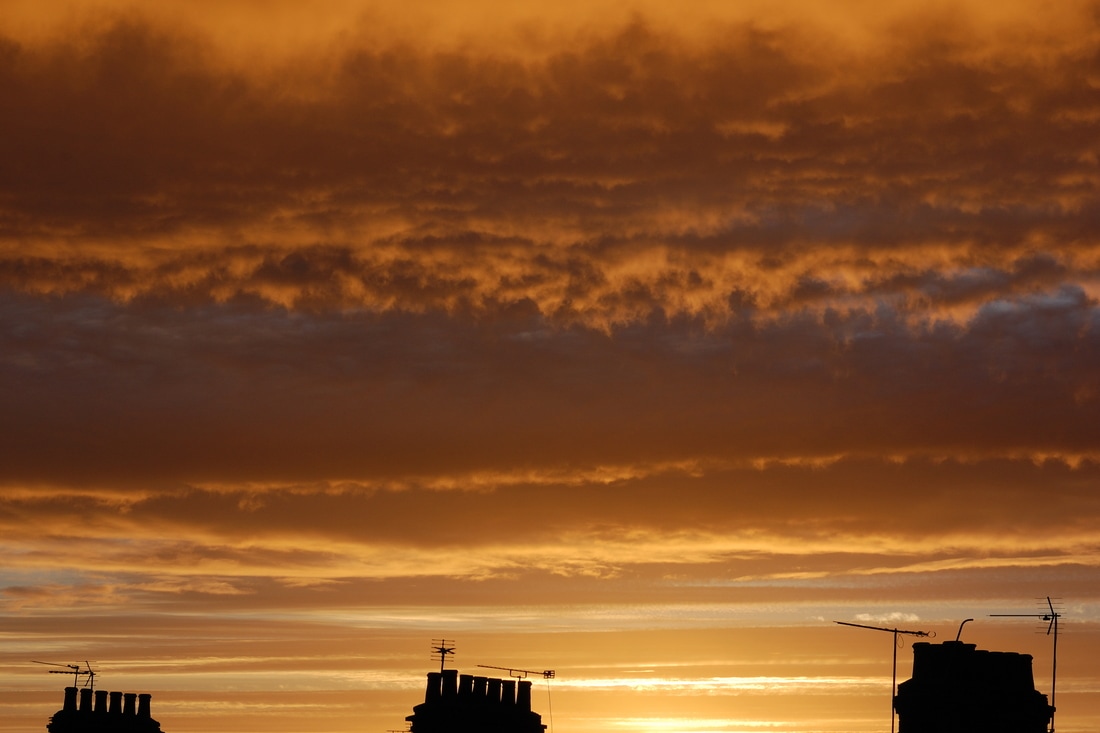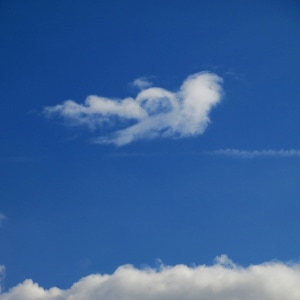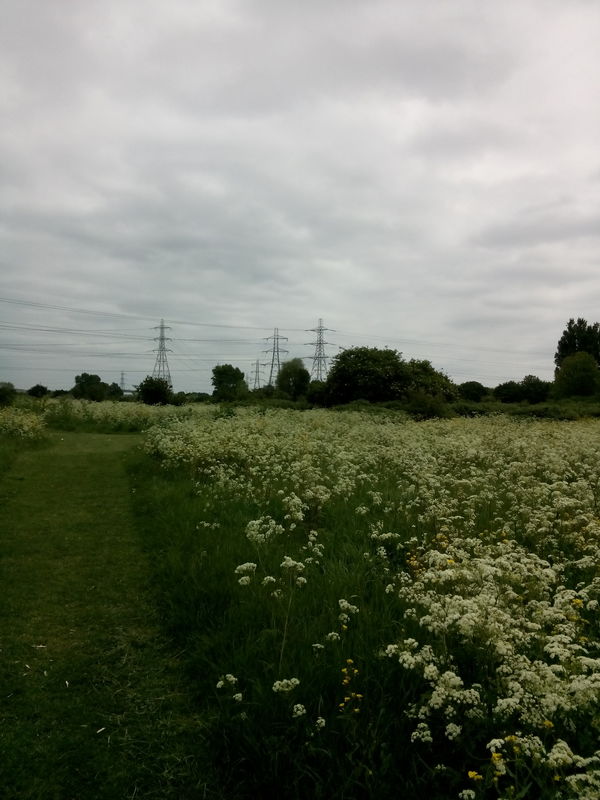"While any of the clouds, except the nimbus, retain their primitive forms, no rain can take place;
and it is by observing the changes and transitions of cloud form that weather may be predicted."
Luke Howard
and it is by observing the changes and transitions of cloud form that weather may be predicted."
Luke Howard
Just some of the clouds seen over Tottenham –
there are lots more still to add as you can see from the list at the bottom of the page.
there are lots more still to add as you can see from the list at the bottom of the page.
According to the Cloud Appreciation Society there are:
Ten main cloud types:
Cumulus, Stratocumulus, Stratus, Altocumulus, Altostratus, Cirrus, Cirrocumulus, Cirrostratus, Nimbostratus, Cumulonimbus
Species and varieties:
Lenticularis, Fibratus, Castellanus, Undulatus, Lacunosus, Radiatus, Duplicatus
Accessory clouds and Supplementary features:
Pileus, Velum, Pannus, Mamma, Virga, Arcus, Tuba, Incus
Other clouds:
Cap & banner, Kelvin-Helmholtz, Contrails, Pyrocumulus, Roll cloud, Fallstreak hole, Horseshoe vortex, Fog & mist, Diamond dust, Nacreous, Noctilucent
Cloud Optical Effects:
Iridescence, Corona, Crepuscular rays, Glory, Rainbow, Cloudbow, 22° halo, Sundogs, Circumzeithal arc, Sun pillars
To see all of these clouds go to the Cloud Appreciation Society cloud photo gallery.
For contributions to Tottenham Clouds post to the Tottenham Clouds group:
Or email: [email protected]
Thank you to Clare Parker, CAS Cloud Moderator, for her help.


















